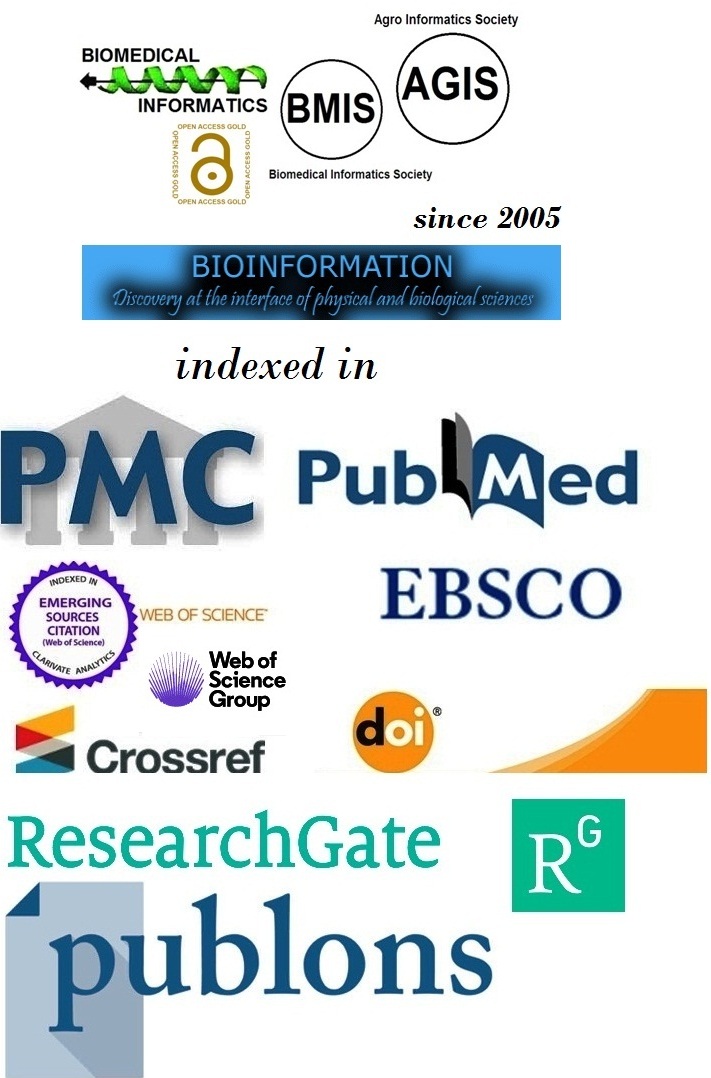Title
2D:4D ratio as a predictor for malocclusion among Saudi children
Authors
Ahmed Ali Alfawzan*, Mohammed Ali Habibullah, Nada Mohammed Aloufi & Mohamed Tharwat Salama
Affiliation
Department of Orthodontic and Pediatric Dentistry, College of Dentistry, Qassim University, Kingdom of Saudi Arabia; *Corresponding author
Ahmed Ali Alfawzan - E - mail: ah.alfawzan@qu.edu.sa; Phone: +966 553936688
Mohammed Ali Habibullah - E - mail: m.habibullah@qu.edu.sa; Phone: +966 509016584
Nada Mohammed Aloufi - E - mail: na.aloufi@qu.edu.sa; Phone: +966 555944204
Mohamed Tharwat Salama - E - mail: m.salama@qu.edu.sa; Phone: +966 501323572
Article Type
Research Article
Date
Received January 1, 2025; Revised January 31, 2025; Accepted January 31, 2025, Published January 31, 2025
Abstract
2D:4D ratio is the ratio of the lengths of the index and ring fingers. It is a potential indicator of prenatal hormonal exposure, reflecting androgen sensitivity and it may influence skeletal and dental growth. Therefore, it is of interest to explore the correlation between the 2D:4D ratio and malocclusion types using Angle's classification of malocclusion in 410 male students aged 12-15 years from Alrass City, Saudi Arabia. Statistical analysis using Chi-Square tests revealed no considerable association between the 2D:4D ratio and malocclusion type (p=0.904). This data suggest that the ratio does not serve as a reliable predictor highlighting the complexity of factors influencing malocclusion and the need for further studies to better interpret hormonal, genetic and environmental contributions to craniofacial growth.
Keywords
Biological marker, 2D:4D ratio, children, hormonal fingerprint and malocclusion
Citation
Alfawzan et al. Bioinformation 21(1): 100-104 (2025)
Edited by
P Babaji
ISSN
0973-2063
Publisher
License
This is an Open Access article which permits unrestricted use, distribution, and reproduction in any medium, provided the original work is properly credited. This is distributed under the terms of the Creative Commons Attribution License.
